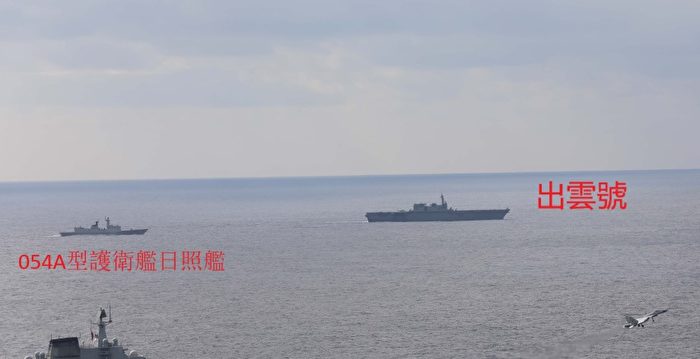[Epoch Times, January 4, 2022]At the end of 2021, after the Chinese Communist Party’s aircraft carrier Liaoning returned from a short voyage, the Chinese Communist Party media CCTV and Xinhua News Agency took the initiative to expose the video and pictures of the Liaoning being monitored by the Japanese Izumo helicopter frigate. Confirmed the dilemma of the J-15 carrier-based aircraft.
How close is Izumo to Liaoning?
The Liaoning was launched on December 9 and returned to Qingdao on December 30. During this period, the CCP never disclosed any relevant information. The CCP media did not report it publicly until the Liaoning returned to Hong Kong. In the picture reported by Xinhua News Agency, it is clear that the Izumo is so close to the Liaoning aircraft carrier, and it ran to the front of the CCP Type 054A frigate Rizhao. If you don’t look closely, you think it is a member of the CCP’s aircraft carrier escort fleet; no wonder the Japanese Self-Defense Forces can A clear picture of the CCP’s aircraft carrier and carrier aircraft was taken.
Xinhua News Agency reported that the Liaoning had completed “far-sea combat training”, “changed its combat formation in time, and effectively and safely handled complex and changeable sea and air conditions”. And tracking and monitoring”, the Liaoning “organized carrier-based fighter jets to take off in combat and respond effectively.”
In fact, in the face of the Japanese Maritime Self-Defense Force’s Izumo helicopter frigate, the CCP’s carrier-based aircraft did not “effectively respond.” The pictures and videos released by the Chinese Communist Party media confirm the fact that the J-15 only carries air-to-air missiles, and are consistent with the pictures released in time by the Japanese Self-Defense Forces.
The J-15 does not carry anti-ship missiles or gravity bombs, but only air-to-air missiles. How can it “effectively deal with” Japanese warships?

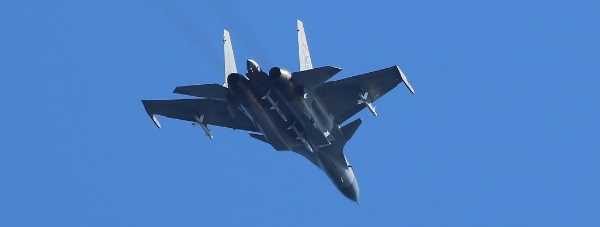
An aircraft carrier that cannot launch an air strike
The J-15 fighter has an empty weight of 17.5 tons and a claimed maximum take-off weight of 32.5 tons. It has 12 weapon attachment points and can carry up to 6.5 tons of ammunition. But in fact, even according to the longest take-off distance of the Chinese Communist Party’s aircraft carrier, the maximum safe take-off weight of the J-15 is about 29.3-31.5 tons.
In contrast, the U.S. aircraft carrier F/A-18E Super Hornet has an empty weight of 14.6 tons, a maximum take-off weight of 29.9 tons, 9 weapon attachment points, and a load of 6.2 tons. The U.S. aircraft carrier is equipped with a catapult. The J-15 is obviously too heavy. The Chinese Communist Party’s aircraft carrier does not have a take-off ejection device and can only be lifted off by the thrust of the aircraft engine. The maximum take-off weight of the J-15 cannot exceed the F/A-18E Super Hornet, and the actual bomb load may only be 2-3 tons.
With a load of 2-3 tons, it should be able to mount 4-6 free-fall bombs, or 2 Eagle-83 anti-ship missiles, plus 2 Pili-8 short-range air-to-space combat missiles. However, this may have reached the limit of the J-15 and still poses a greater security risk.
Perhaps it is for this reason that the Liaoning is difficult to get to the sea once. It seems that for insurance, it only mounts air-to-air missiles. It is obviously out of “practical combat training”. The carrier-based aircraft cannot attack enemy ships. How does the aircraft carrier participate in naval battles? ?
The Japanese Self-Defense Forces should have grasped this, so they dared to follow the prison personally, but did not publish the pictures of the close follower. The CCP took the initiative to expose it, which is really incredible.
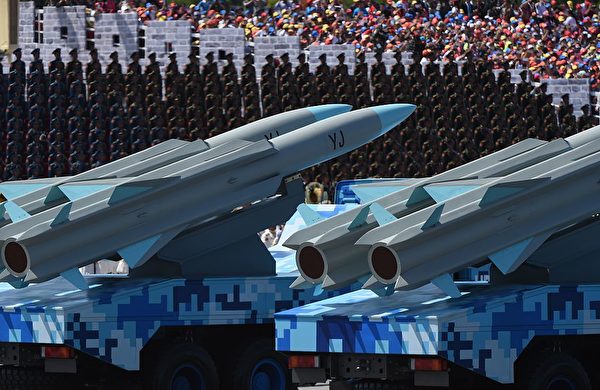
The CCP has repeatedly exposed the J-15Dilemma
Even if the F-15 is equipped with the Eagle-83 anti-ship missile, the maximum range is 230 kilometers. If it encounters the US aircraft carrier fleet, the CCP fighters may not be able to break through the US aircraft carrier’s 500-kilometer defense circle. It is estimated that there will be no chance to launch anti-ship missiles, let alone. A gravity bomb was dropped at close range. As for the Changjian-20 air-to-surface attack missile, which is larger, weighing 2.5 tons, it can only be carried by the H-6 bomber, and other CCP fighters cannot be mounted.
Mounting only air-to-air missiles should be a realistic choice that the J-15 has to face.
The CCP Military Video Network under the CCP Military Network has repeatedly exposed the dilemma of the J-15. The website’s video over the past year has repeatedly attempted to promote the training of the CCP’s J-15, claiming to have formed combat capabilities, but has repeatedly revealed the fact that the J-15 only carries air-to-air missile training, and sometimes has no weapons mounted. Including the situation of taking off from the Liaoning and Shandong aircraft carriers and land, you can see the following diagrams:
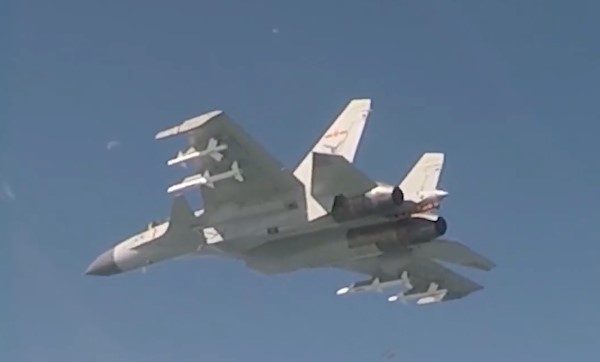
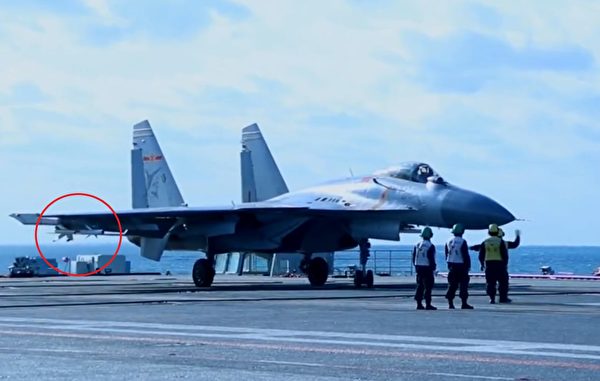
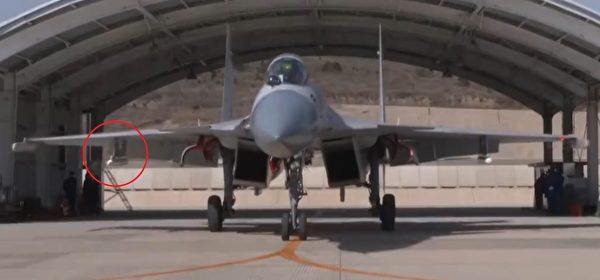

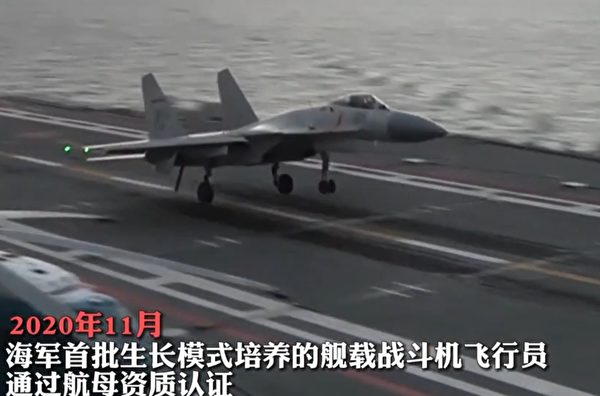
The Pacific War highlights the power of aircraft carriers
On December 7, 1941, Japan dispatched 6 aircraft carriers, carrying more than 300 carrier-based aircraft, and suddenly attacked the US military’s Pearl Harbor base, sunk and severely damaged 8 US battleships, 3 cruisers, and 3 destroyers, and destroyed 188 fighters. , 2,402 US troops were killed and 1,282 were injured. Airstrikes from carrier-based aircraft have shown great power.
In May 1942, the US aircraft carrier sailed into the Coral Sea to resist the Japanese invasion and occupation of the Solomon Islands. Two US aircraft carriers and two Japanese aircraft carriers and one light aircraft carrier fought for the first time in history, the Coral Sea naval battle. When the enemy’s situation was unknown, the two sides successively dispatched aircraft carrier-based aircraft to conduct out-of-sight attacks, and dozens of other cruisers and destroyers had no chance to fire at all.
After the two carrier aircraft attacked each other, one US aircraft carrier sank, one aircraft carrier was damaged, and the supply tanker was lost. One Japanese light aircraft carrier sank, one aircraft carrier was damaged, 90 pilots were killed, and the carrier-based aircraft suffered serious losses, causing the other aircraft carrier to basically lose its combat effectiveness.
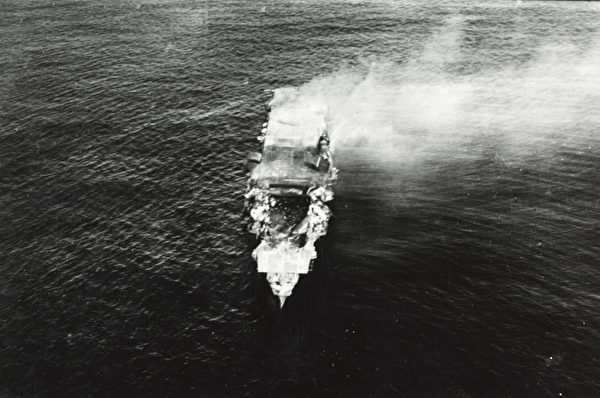

A month later, in the naval battle on Midway, the Japanese army with 4 aircraft carriers and 248 carrier-based aircrafts again fought against 3 US aircraft carriers and 233 carrier-based aircraft; the US military also participated in the battle with 127 land-based aircraft from Midway Island. The Japanese army failed to find the ambushing US aircraft carrier and took the lead in airstrikes on Midway Island. Although the US aircraft on Midway Island was old, the fighter jets escorting the Japanese aircraft carrier were exhausted. The U.S. carrier-based aircraft attacked in a timely manner, causing the Japanese to lose all 4 aircraft carriers and 248 carrier-based aircraft; the U.S. military lost 1 aircraft carrier and approximately 150 aircraft.
After the naval battle on Midway Island, the Japanese began to lose control of the Pacific, and were defeated in the subsequent series of naval battles in the Solomon Islands, and the U.S. forces launched a counterattack. The US military served a large number of aircraft carriers, and firmly grasped air and sea dominance in the island seizure campaign.
In June 1944, the U.S. and Japan fought a decisive aircraft carrier battle in the Philippine waters. 15 U.S. aircraft carriers fought against 5 Japanese aircraft carriers and 4 light aircraft carriers. After a naval battle of great power disparity, three Japanese aircraft carriers sank, four were damaged, about 600 aircraft were lost, and most of the aviation personnel were killed in action. Two US aircraft carriers were damaged, and 123 aircraft were destroyed, most of which were caused by chaos and damage during large-scale return and landing at night.
In October 1944, during the Battle of Leyte Bay in the Philippines, Japan killed the last aircraft carrier fleet by hitting rocks with pebbles and completely surrendered its sea power in the Pacific Ocean.
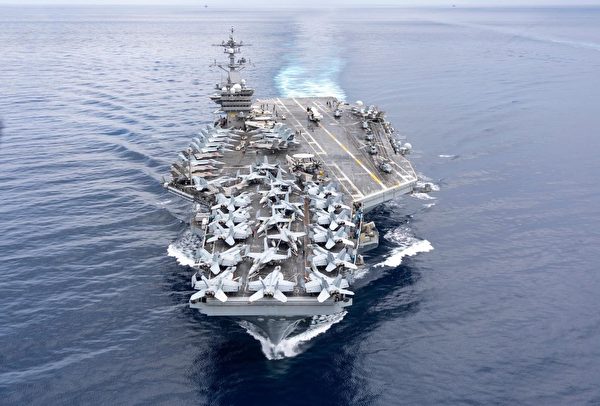
The U.S. aircraft carrier fleet thrived after World War II
At the beginning of the Pacific War, the U.S. military had 3 Yorktown-class aircraft carriers of 26,000 tons and 1 Vespa-class aircraft carrier of 19,000 tons; after the outbreak of the Pacific War, the United States built 24 Essex-class aircraft carriers of 33,000 tons. Three midway-class aircraft carriers of 45,000 tons; after the end of World War II, the United States built four 60,000-ton Forest-class aircraft carriers and four 83,000-ton Kitty Hawk-class aircraft carriers. The conventionally powered aircraft carriers of the US military participated in the Korean War and the Vietnam War.
In 1961, the United States built the first 93,000-ton nuclear-powered aircraft carrier Enterprise; subsequently, the second-generation 100,000-ton Nimitz-class nuclear-powered aircraft carrier was born, with 10 in service; the latest Ford-class one in service, launched 1 vessel, 2 vessels are under construction, a total of 10 vessels are planned. U.S. aircraft carriers have achieved global deployment by virtue of their large allied bases, and have repeatedly played key ground strike missions in the war on terrorism, and have also been involved in the crisis in the Taiwan Strait and the Korean Peninsula. The U.S. military cannot allow the CCP to repeat the path of Japanese militarism in the Pacific.

Now that the CCP wants to build an aircraft carrier fleet and challenge the US military in the Pacific, it has imitated the former Soviet aircraft carrier and made a detour. The 003 aircraft carrier under construction by the CCP began to learn how to install catapults on US aircraft carriers, but did not master nuclear power technology, still uses conventional power and cannot be deployed for a long time. There are no other options for carrier-based aircraft other than the J-15. Japan’s two Izumo-class helicopter frigates will crush the CCP’s aircraft carrier as long as they are equipped with F-35B fighters. The US aircraft carrier even disdains the confrontation with the CCP aircraft carrier.
With Liaoning’s aircraft carrier combat power, the CCP wanted to provoke the U.S.-Japan alliance. It also took the initiative to expose being closely monitored by the Izumo. It also used the scandal as a material for internal propaganda, which fully reflected the abnormal path of the CCP’s military development. And the abnormal mentality of the leaders of the Chinese Communist Party. The CCP is dragging China into the abyss of overwhelming militarism. It urgently needs more Chinese people to wake up. Only if the CCP withdraws from the stage of history as soon as possible can the Chinese nation avoid disaster and return to the path of peaceful development as soon as possible.
The Epoch Times
Editor in charge: Gao Yi
.
